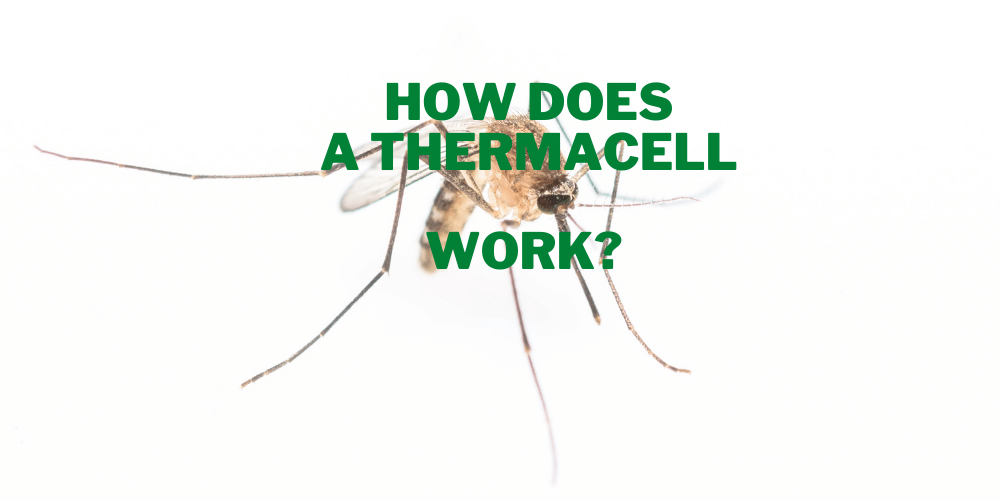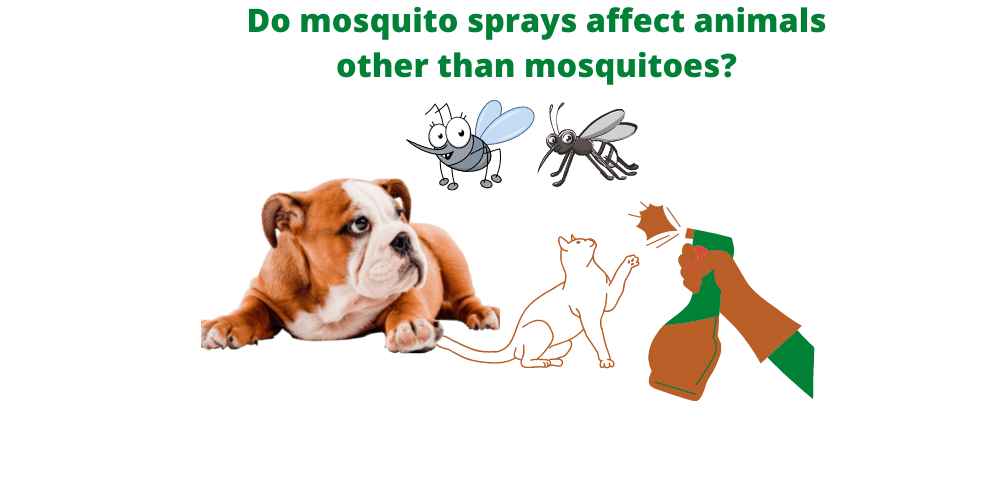Sand fleas, also known as no-see-ums or gnat species, are small flying insects that can cause a lot of itchiness and skin irritation. They’re often found in areas where there is sand or water, such as beaches and lakes.
Sand flea bites can be a nuisance when you go camping or hiking in these areas. The tiny bugs fly around aimlessly and land on your clothing or skin without any warning. If they happen to land on bare skin, they bite quickly before taking off again—and they don’t let go easily! Sand fleas tend to target ankles and feet because the higher humidity makes them more comfortable. This can lead to an itchy rash if left untreated for too long (weeks).
What Are Sand Fleas?
The best repellent for sand fleas is a natural one. If you have ever been bitten by sand fleas, then you know that they are painful. Sand fleas can be very annoying as well because they will bite you even when you’re walking through the woods or on a beach.
How do sand fleas get their name? Sand fleas are small, wingless insects that live in sand and are usually found in areas with sandy soil. They are known as chiggers, harvest mites and red bugs.
Like most other types of insects found on Earth, the life cycle of these pests starts with an egg hatching into larvae or nymphs which eventually turn into adults before mating and laying their own eggs again so that this cycle repeats itself over and over again every year until there are no more resources available for them to survive anymore
Do Sand Fleas Bite Humans?
Sand fleas are small, wingless insects. They are also not fleas, although they are sometimes called “sand fleas” or “sand bugs.” Sand fleas do not suck blood like a mosquito or tick does; however, they can bite human skin and leave behind an itchy red spot. Sand flea bites cause skin irritation but are otherwise harmless and not dangerous to humans. In fact, sand flea bites aren’t even considered a health threat because they don’t spread disease from person to person (like mosquitoes).
Sand fleas are more like tiny flies than true insects—they have only three body parts: head (containing eyes), thorax (containing legs), and abdomen (which contains reproductive organs). They cannot fly either; instead they hop along on their hind legs like kangaroos! When you’re outside in dry areas where there’s no standing water around such as desert sand dunes, avoid walking barefoot if possible because these tiny creatures may get into your home through cracks under doors or windowsills.
How to Identify a Sand Flea Bite
Sand fleas are small, wingless insects that live in warm, humid areas. They have been known to bite humans and other animals. The bites are itchy and may swell.*
- To identify a sand flea bite:*
- The most common symptom of a sand flea bite is the appearance of red bumps on your skin. These bumps resemble mosquito bites or small insect bites with slight swelling around them.*
- Sand fleas can also cause an allergic reaction if you’re allergic to their saliva. This can lead to welts and redness on your skin from the irritation caused by their saliva.*
Symptoms of Sand Flea Bites
If you’re bitten by a sand flea, you may notice some of these symptoms:
- Itchiness
- Redness
- Swelling
- Pain
- Raised bumps (raised red bumps that resemble mosquito bites) or blisters (blisters on the skin that form after being bitten by a flea)
If you’re experiencing any of these symptoms, head to your doctor. Sand fleas can cause severe allergic reactions in some people and result in anaphylactic shock.
How To Treat a Sand Flea Bite at Home?
When you get an infestation of sand fleas, the best way to deal with it is by buying a repellent that is effective. However, if you do not have any handy and you still find yourself having to deal with the annoyance that these pests bring, there are some home remedies which you can try out.
If your skin has been bitten by sand fleas, here are some ways by which you can treat your bites:
- Apply ice pack: This will help reduce swelling as well as pain associated with the bite.
- Apply calamine lotion: The cooling effect will also help in reducing swelling and pain associated with bites from these bloodsucking insects. It also helps soothe itching and inflammation caused by bites from sand fleas. You can buy calamine lotion over-the-counter at local pharmacies or retail stores selling health care products like Walgreens
What is the best bug bomb for fleas?
The best bug bomb for fleas is the one that works. This might sound like an obvious answer, but there are many variables to consider when choosing a bug bomb for fleas. You’ll need to consider how easy it is to use, whether or not it will work in your environment and if it’s safe for you and your family.
The best bug bomb for fleas is the one that works for you. If you’re looking for something simple, then buying pre-made sprays may be your best bet. But if you want something more powerful or natural (or both), then making your own spray could be just what the doctor ordered!
What is the best Pill for fleas?
The best pill for fleas is Frontline Plus. It kills both adult and larva fleas. Frontline Plus can be used for a single dose or as a monthly treatment (depending on the product). In addition, it also prevents heartworm disease in dogs and cats over 8 weeks of age.
What is the best oil for fleas?
To get rid of sand fleas, you need to find the best oil for fleas. There are many ways to do this. Here are some options:
- Olive oil
- Vinegar
- Coconut oil
- Lemon essential oils (e.g., lemon essential oil or lemon extract)
- Peppermint essential oils (e.g., peppermint essential oil or peppermint extract)
- Tea tree essential oils (e.g., tea tree essential oil or tea tree extract)
- Clove essential oils (e.g., clove bud absolute or clove leaf absolute)
- Lavender essential oils (e.g., lavender flower CO2 extract)
It’s also important to note that using too much of any one type of repellent can be dangerous for children and pets alike! Make sure you read each label carefully before applying any product on your skin as well as any pets who may be around you when using it in the house.”
What is the best spray for fleas?
One of the best sprays for fleas is Frontline Plus. This product is a topical flea treatment that kills fleas and ticks on contact. The active ingredient in Frontline Plus, fipronil, works through its use as an insecticide that binds to GABA receptors in the central nervous system of insects. This action can cause them to become paralyzed or die within minutes of being exposed to this chemical compound.
Frontline Plus also claims to work for up to 30 days after application, which means you won’t have any issues with having your dog re-infested with these pesky parasites during their time in your home! If you’re looking for an effective way to kill all those nasty pests without having to worry about reapplying anything else before long (or even checking up on it!) then this product may be just what you need!
Conclusion
We hope that you have found this guide helpful in your quest for the best flea repellent for sand fleas. There is no one single product that can guarantee to keep them away, but there are several that have been shown to be effective in some way or another. In addition, we recommend taking a look at our other articles on how to deal with these pesky pests!



